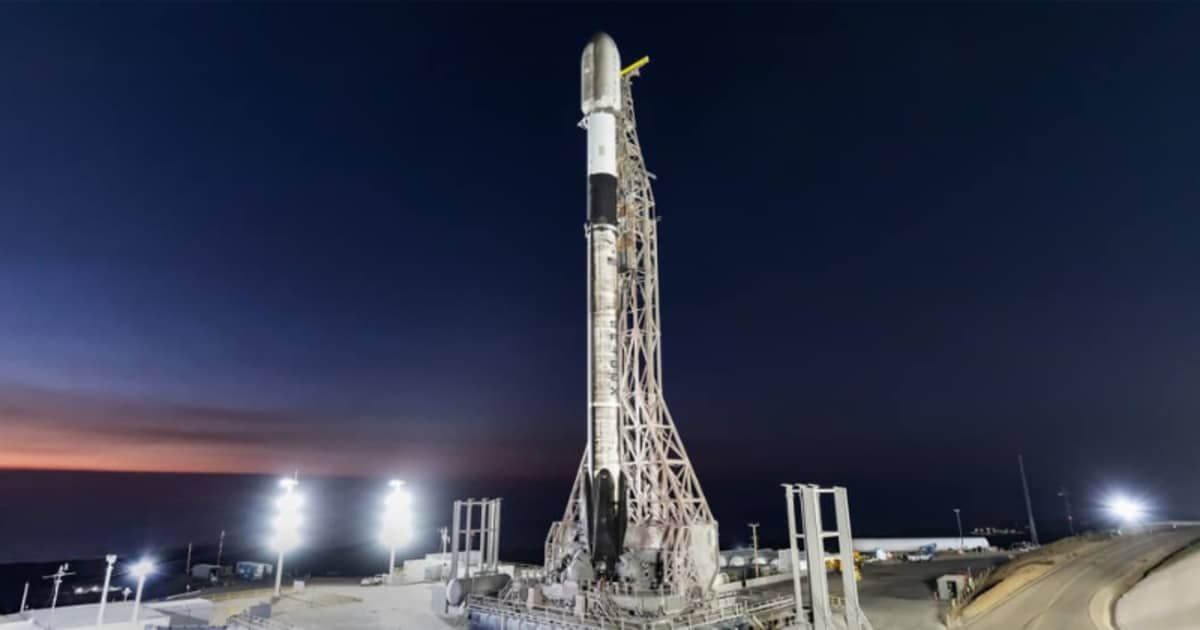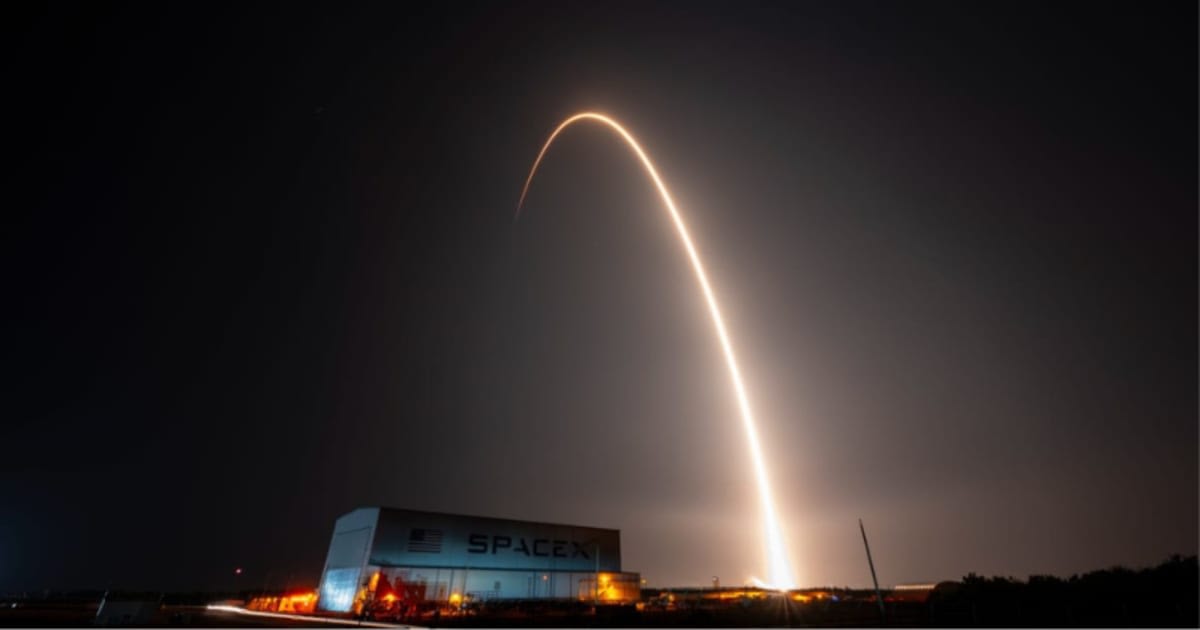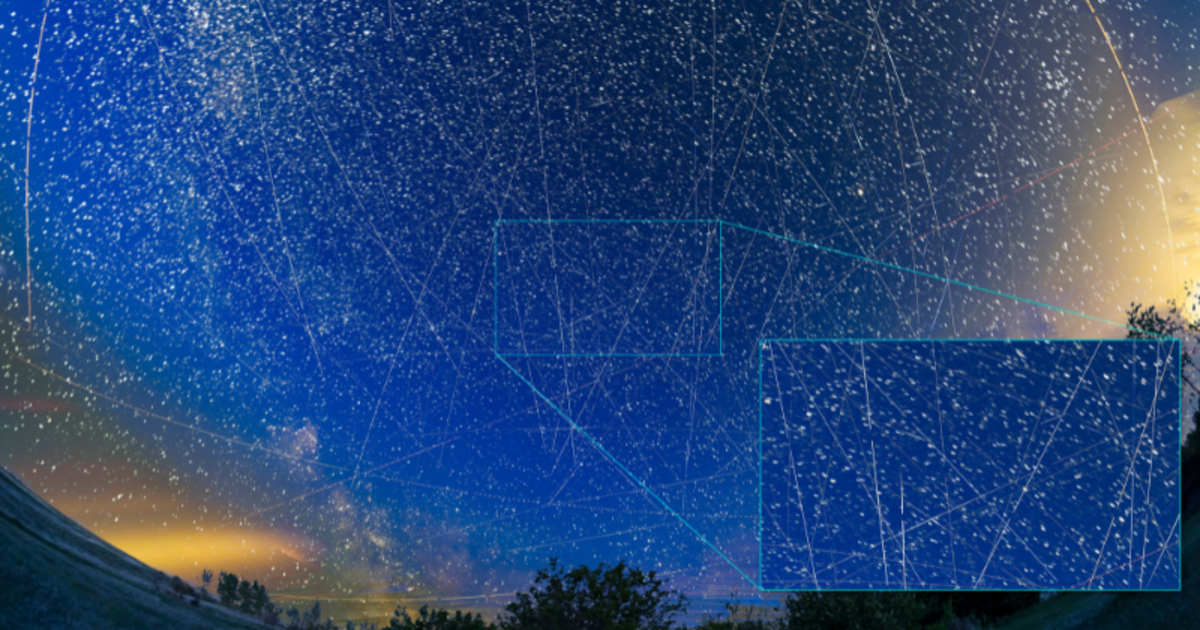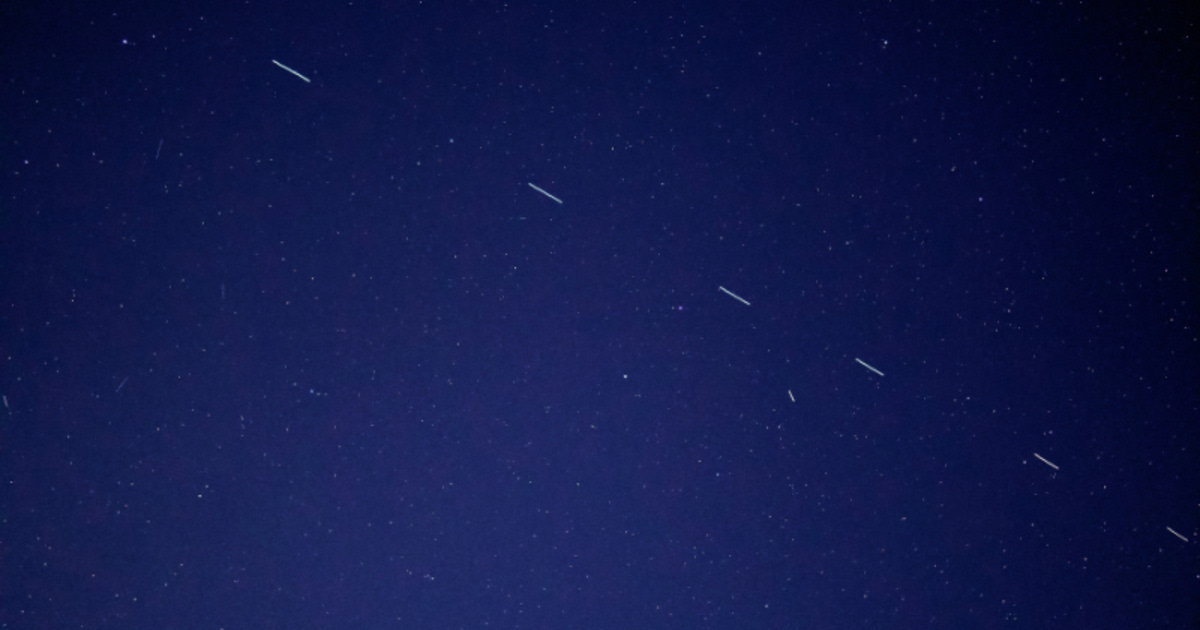Spot Starlink and other satellites in the night sky: Easy tips for stargazers

If you enjoy stepping outside after sunset and staring at the sky, you’ve probably heard about the Starlink “satellite train.” When a new batch of Starlink satellites is released, they travel across the sky in a straight line of light. The way they move often captures the attention of people, and many mistake them for something extraterrestrial. The display doesn’t last long, though. Once the satellites drift upward toward their operational orbit, roughly 340 miles (550 kilometres) above Earth, the group spreads out until the line dissolves into the background of stars.

The sight is brief but interesting to look at, which is why many skywatchers keep track of launch schedules. And while astronomers have been worried about this sight because it can hinder deep-sky study, for casual observers, the spectacle remains a unique experience.

Starlink satellites orbit Earth around every 90 minutes, so you might be able to spot them several times in one evening. That being said, it is not as easy to spot them now as it was back in 2019, when they first started reaching orbit. That's because Starlink's VisorSat program deliberately darkens them so that they do not come in the way of astronomers' observations. So, the best time to try to spot them is shortly after launch. Of course, you will have to choose between post-sunset and pre-sunrise in order to make sure that you are catching them illuminated by the Sun, while the ground below is dark. If you need further help, there are tools available for you.

SatelliteMap.space lets us explore satellite constellations on a real-time 3D globe. You can click on individual spacecraft, ride along with a satellite’s point of view, and track orbital decay and reentry predictions.

Another popular tool is See A Satellite Tonight, created by James Darpinian, which shows exactly when satellites will pass over your location. It has cool features like Street View, and the interface is simple for beginners. You can either allow the site to detect your position automatically or enter your location manually. For quick checks, FindStarlink.com works well. It’s an independent, fan-made tracker where you can enter your city or coordinates to see the next visible passes, with options for one-day or three-day forecasts. It also lists brightness estimates and even has a live map showing where Starlink satellites are at any moment. There’s a mobile app too.

If you want a more traditional stargazing tool, Heavens-Above.com offers star charts that map satellite paths across the constellations. The platform covers not just Starlink but the ISS, asteroids, comets, and more, all with location-specific visibility details. A mobile version mirrors the same features, making it easy to carry outside while observing.

There are plenty of active Starlink satellites active now, with more set to launch soon. With these apps and a clear evening sky, you stand a good chance of spotting Starlink or other satellites.
More on Starlust
Post SpaceX's Falcon 9 launch, a glowing spiral stunned skywatchers — here's what caused it
In a historic move, NASA and China held direct talks to prevent a potential satellite collision









